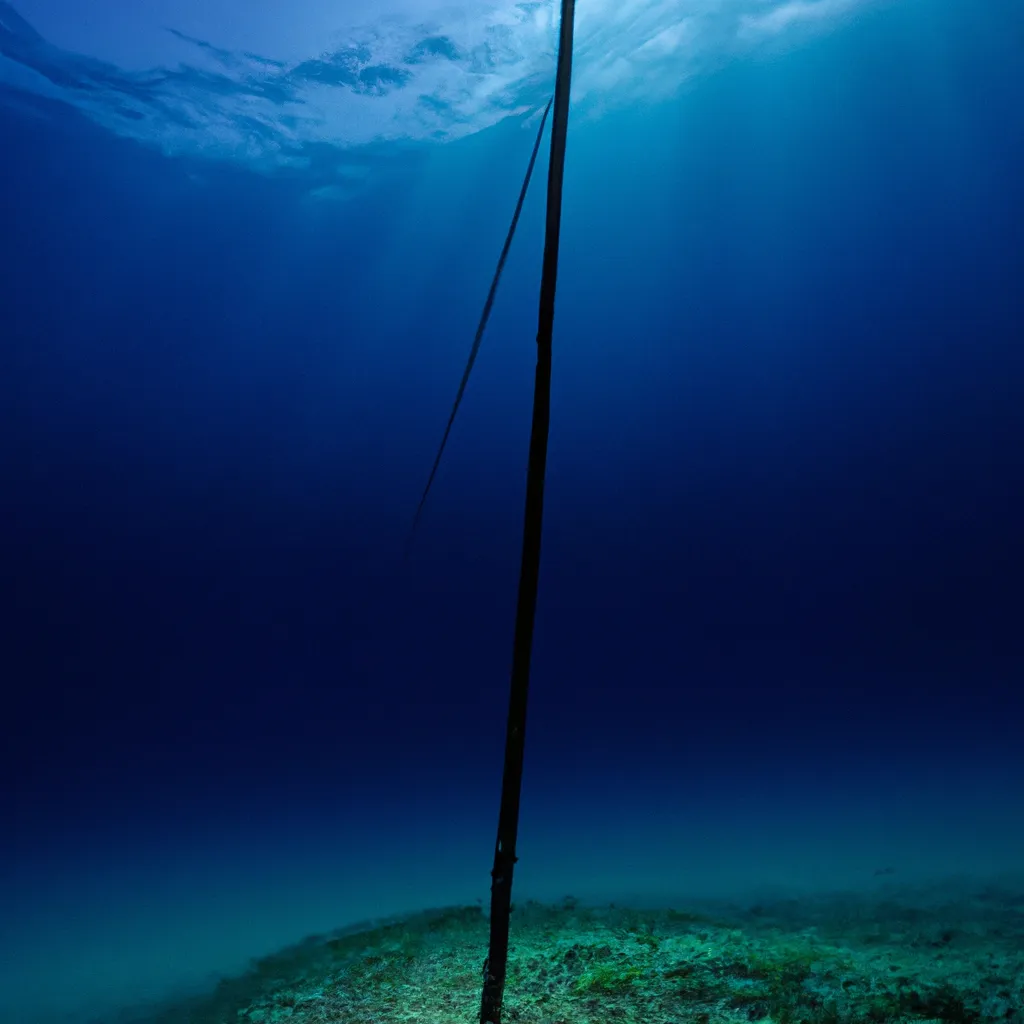Exploring the Undersea Cables that Power the Internet

How do the 400 undersea cables provide internet to the entire world?
The internet is a vast network of interconnected devices that spans the globe. To connect these devices, data is transmitted through a series of undersea cables that stretch across the ocean floor. These cables are responsible for carrying approximately 99% of all international data traffic.
The cables themselves consist of fiber-optic strands that transmit data using light. These strands are encased in protective layers of steel, copper, and polyethylene to prevent damage from water and other external factors. Each cable contains multiple pairs of fiber-optic strands, with some cables containing up to 12 pairs.
To transmit data across these cables, the data is first converted into light pulses using a device called a modulator. The light pulses then travel through the fiber-optic strands, bouncing off the walls of the cable as they go. At the other end of the cable, the light pulses are converted back into data using a demodulator.
Who owns and manages these cables?
The ownership and management of undersea cables is a complex issue. There are currently over 400 cables in operation, with more being added all the time. These cables are owned and operated by a variety of companies, including telecommunications providers, internet service providers, and cable companies.
The management of these cables is also a complex issue, as they are subject to a variety of regulations and agreements. In general, the companies that own the cables are responsible for maintaining them and ensuring that they are operating at peak performance. They are also responsible for paying for the installation and maintenance of the cables, which can be a costly endeavor.
In conclusion, the internet is a vast network that relies heavily on undersea cables to transmit data across the globe. These cables are owned and operated by a variety of companies, and their management is subject to a variety of regulations and agreements. Despite these challenges, the undersea cable network is an essential component of the internet infrastructure, ensuring that people around the world can stay connected and access the information they need.
Introduction
The internet has become an integral part of our lives, and it's hard to imagine a world without it. However, most people are unaware of the complex infrastructure that enables the internet to function. One of the critical components of this infrastructure is the network of undersea cables that connect continents and countries worldwide. In this response, we will explore who actually owns and manages these cables.
Ownership of undersea cables
The ownership of undersea cables is a complex issue. The majority of these cables are owned by a consortium of telecommunication companies, including AT&T, BT, Orange, and Verizon. These companies work together to finance and maintain the cables. However, there are also private companies that own and operate cables independently. For example, Google owns a cable that connects the United States to Japan.
Management of undersea cables
The management of undersea cables is also a complex issue. The companies that own the cables work together to maintain and monitor them. They have specialized ships that lay the cables on the ocean floor and repair them when necessary. These companies also work with governments to obtain permits and ensure that the cables are not damaged by fishing or shipping activities.
Conclusion
In conclusion, the network of undersea cables that provides the internet to the entire world is owned and managed by a consortium of telecommunication companies and private companies. These companies work together to finance, lay, maintain, and monitor the cables. The cables are a critical component of the internet infrastructure, and their ownership and management are essential for the functioning of the internet.
How Undersea Cables Provide Internet to the World
Undersea cables are the backbone of the internet, connecting continents and facilitating the transmission of data across the globe. These cables are responsible for carrying over 99% of international data traffic, making them a critical component of the internet infrastructure.
The process of laying undersea cables involves a complex and expensive operation that requires specialized ships and equipment. The cables are typically made of fiber optic strands that transmit data using light signals. They are designed to withstand the harsh conditions of the ocean floor, including pressure, temperature changes, and potential damage from marine life.
The ownership and management of undersea cables are primarily controlled by a small group of telecommunication companies and consortiums. These companies invest in the construction and maintenance of the cables, and they earn revenue by leasing capacity to internet service providers and other companies that require high-speed data transmission.
Some of the major players in the undersea cable industry include:
-
SubCom: A subsidiary of TE Connectivity, SubCom is a leading provider of undersea cable systems and services. The company has been involved in the construction of many of the world's major undersea cables, including the Trans-Pacific Express, the South Atlantic Express, and the Europe India Gateway.
-
Huawei Marine: A joint venture between Huawei Technologies and Global Marine Systems, Huawei Marine is a major player in the undersea cable industry. The company has built over 50,000 kilometers of undersea cable systems, including the Asia-Pacific Gateway and the West Africa Cable System.
-
Alcatel Submarine Networks: A subsidiary of Nokia, Alcatel Submarine Networks is a leading supplier of undersea cable systems and services. The company has been involved in the construction of many of the world's major undersea cables, including the Asia-America Gateway, the Pacific Caribbean Cable System, and the South Atlantic Cable System.
In conclusion, undersea cables are a crucial component of the internet infrastructure, providing high-speed data transmission across the globe. The ownership and management of these cables are primarily controlled by a small group of telecommunication companies and consortiums, who invest in their construction and maintenance and earn revenue by leasing capacity to other companies.
Sources:
This question was originally posed here: